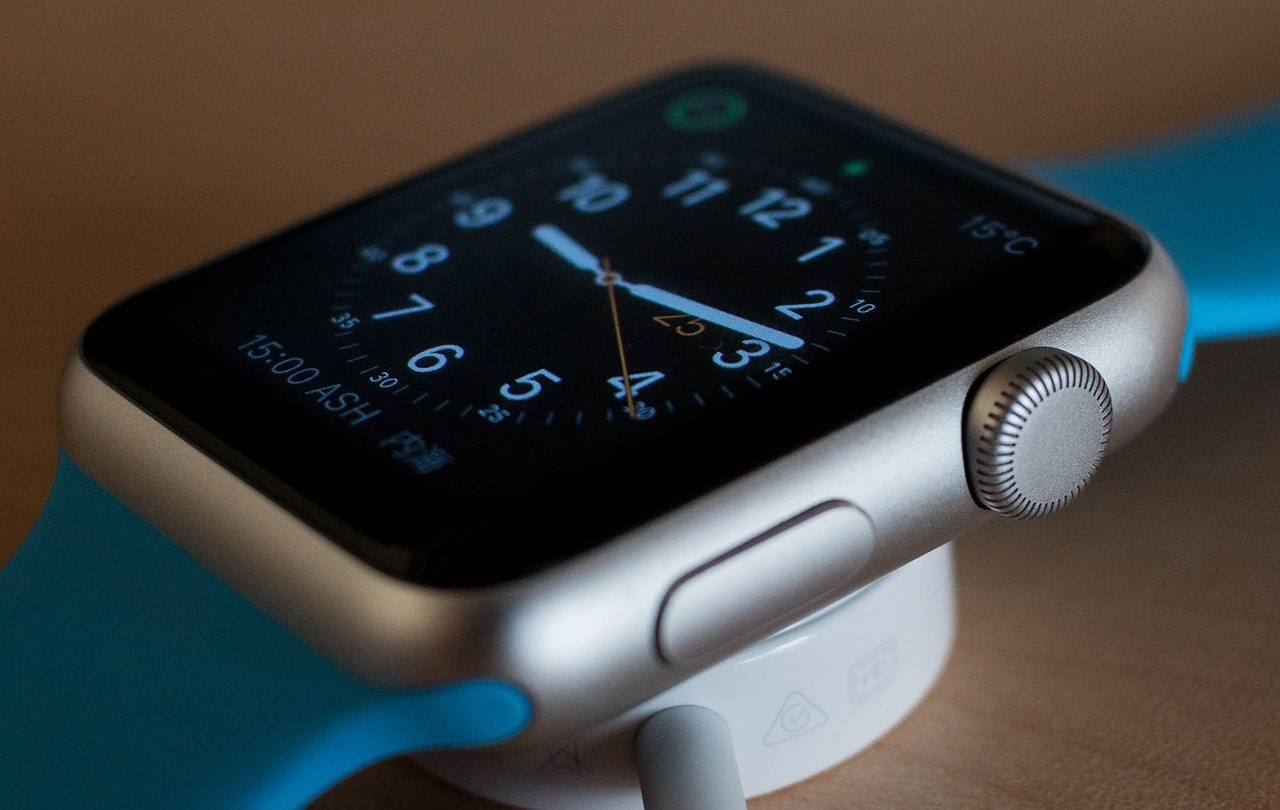Wearable technology, including clothing and accessories incorporating computer-based and advanced electronic technologies, is tipped to become a success story within B2C markets courtesy of the “innovation and uniqueness factors”, coupled with increasing practicality.
For these reasons, wearables are particularly appealing to self-proclaimed “innovators” and “early adopters”; customer segments that are vital in inciting mass adoption through their continued endorsement. However, does this same trend hold true for the B2B sector?
What’s happening in the market?
Wearables are set to see plenty of growth, led by smart-watches (such as the Apple Watch) with the rest (for example, fitness bands and other miscellaneous types) predicted to continue catering to more niche markets. Despite the high cost of the Apple Watch and the aforementioned niche nature of many wearables, B2B businesses would be unwise to completely write off the prospect of utilising wearables as a way of adding value.
Is there any added value for B2B businesses?
Yes, of course!
Examples include use within employee wellbeing programmes and contribution toward sustainability initiatives (e.g. incorporating incentives into cycle to work schemes, using wearable to track progress). This could in fact be used as part of a wider marketing communications campaign, demonstrating a clear commitment to investment in wellbeing and sustainability – again, painting your brand in a positive light.
There is also the potential added value of bolstering the overall image of your company in the eyes of wider stakeholder groups, through early adoption of the next wave of technology. In a business world so inherently underpinned by calculated risks, adopting such a new technology could be yet another element that differentiates your business from other B2B companies.
